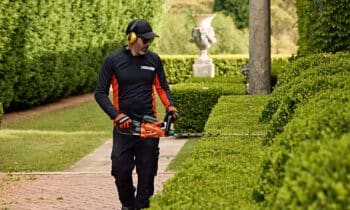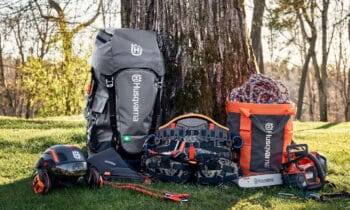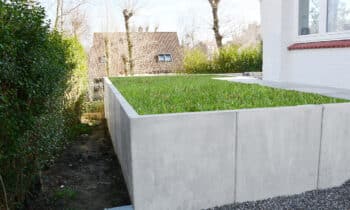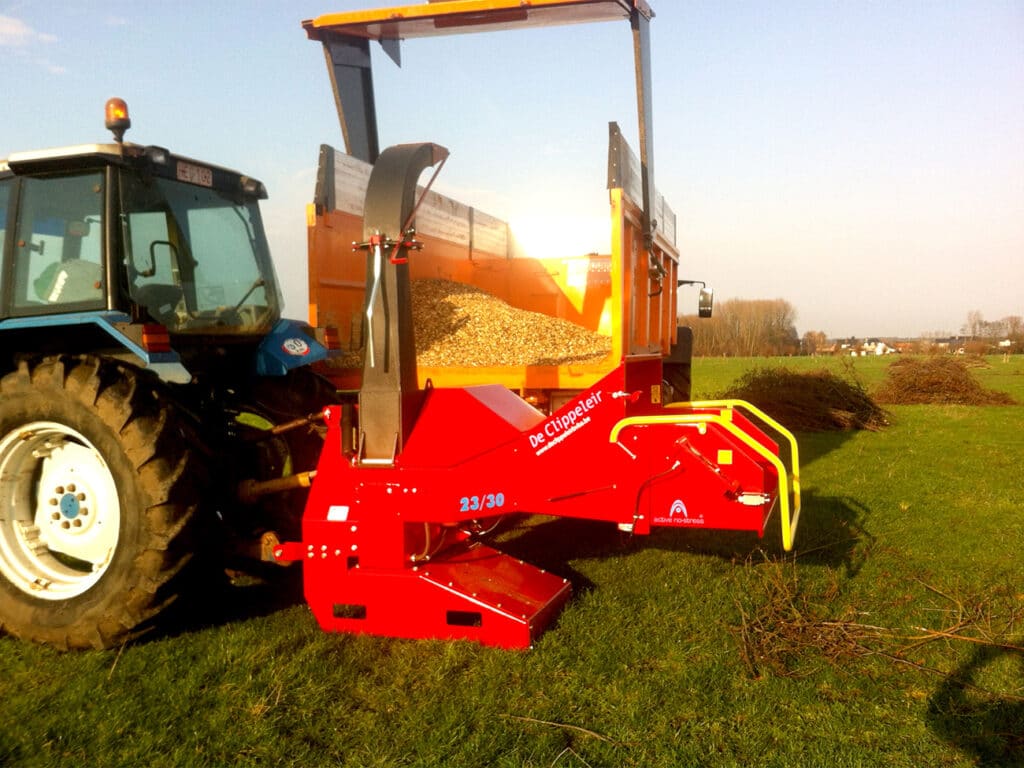
The professional chooses shred quality
The forestry industry is on the rise. As a result, the demand for heavy equipment for this sector is rising. For companies with large-scale operations as well as smaller contractors, this is a good time to invest in equipment. And then (wood) chippers soon come into view. China is trying to dominate that market in Europe. But are these Chinese machines suitable for the true professional?
A shredder (also called chipper) is a machine used to process branches with their greens and tree trunks into shreds. It makes cleanup after vegetation maintenance a lot less cumbersome. Trucks can carry a much larger load when the wood is processed in this way, significantly reducing the time, manpower and budget required to complete a forestry job. The resulting wood chips can be used in a variety of ways, such as as ground cover, raw material for paper production or fuel for biomass power plants.
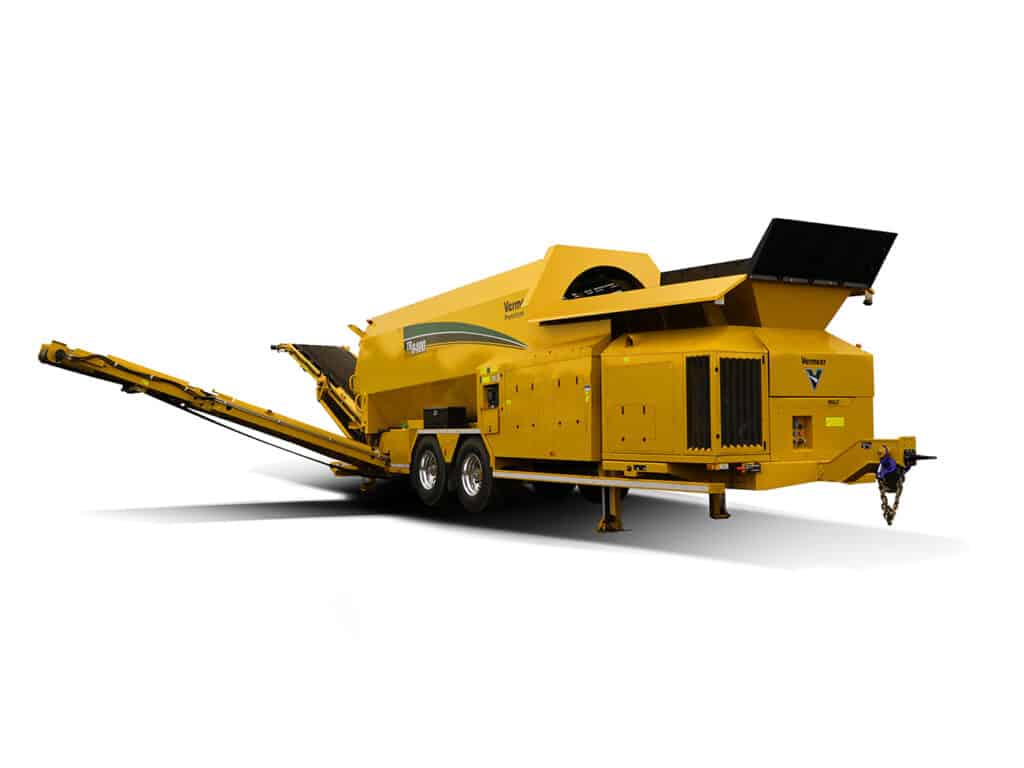
Shred quality
The most important parameter of shredding technology is the length of the wood chips. So you can judge the performance of the chipper by checking the quality of the chips produced. If the size of the wood chips is balanced and the moisture content is low enough, then you have a good quality product and the price per ton increases.
The moisture content of the chips, just after harvest, is usually more than 50%. Thus, drying the chips is necessary. The desired final moisture content usually varies between 20 and 30%. Drying the chips by "natural convection" is the most cost-effective way. The chips are stored on a dry concrete floor, under roof in a well-ventilated room. The temperature rises in the central part of the heap, due to biological degradation ('scalding'), causing convection. Air thus circulates through the heap, and the warm air transports water vapor to the colder surface of the heap, where this water condenses. In 3 to 5 months, the moisture content of the chips is thus reduced to < 30%.
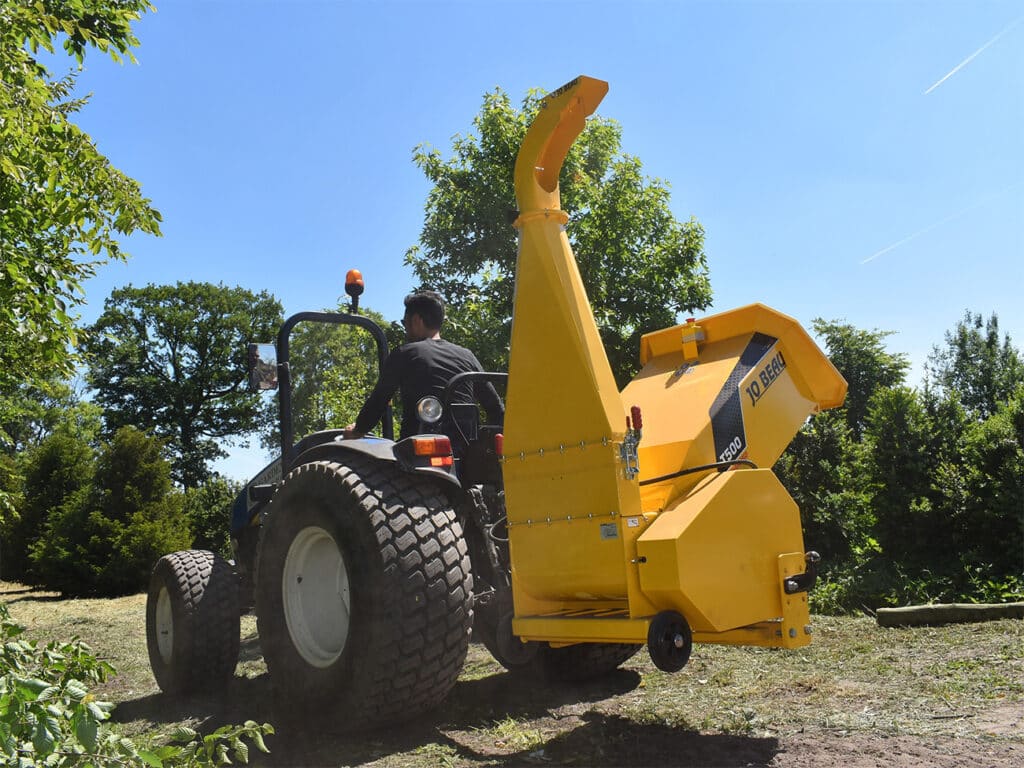
Competition from China
They have also discovered the booming European wood chipper market in China. And so in recent years the market has been "replenished" with cheaper models. Although that needs to be nuanced: the Chinese focus on the smaller models and tractor-powered machines. These are mainly bought by farmers and individuals or semi-professionals. For the time being, the professionals who also want to maximize the revenue from chipping sales remain out of the picture and usually opt for the slightly more expensive and heavier models.
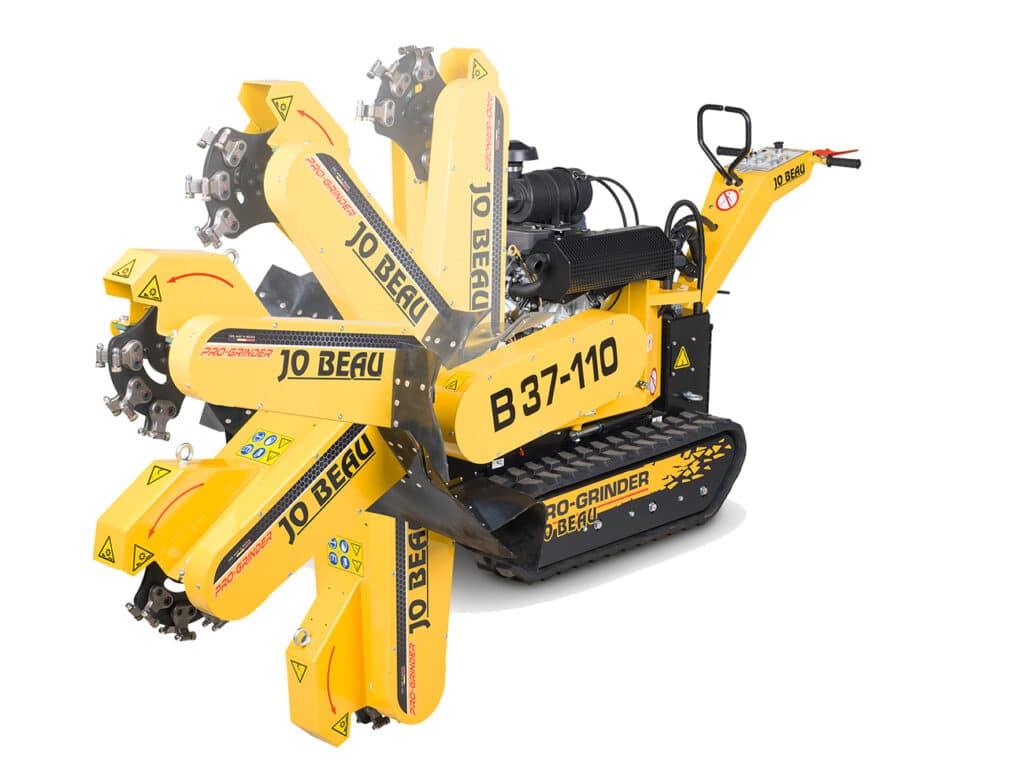
Some reactions from the industry:
"The Jo Beau Drum Technology™ ensures that both branches and greens are ergonomically pulled in, then the wood chips are blown out in a powerful manner. Jo Beau's chippers do not require feed rollers or other systems." - Christophe Beauprez (Jo Beau)
"Cofabel prides itself on partnering only with brands that are a reference in their industry. For example, for our wood chippers, we work with the German company Jensen, lord and master of park, garden and forestry since 1884." - Luc Sterckx (Cofabel)
"We are launching a smaller model this year, the DC 12/15. This model is designed to work even with the lightest tractors. By further expanding our range of chippers, we are strengthening our presence abroad." - Hans De Clippeleir (De Clippeleir)
"The return-on-investment of the HG4000 and 6000 series is very high, because the possibilities around biomass processing and A and B wood recycling are almost endless. In short, constant and better chip quality ensures a healthy payback model." - Ive Somers (Vermeer Benelux)
